 您的购物车当前为空
您的购物车当前为空
TNFR1/CD120a/TNFRSF1A Protein, Human, Recombinant
一键复制产品信息产品编号 TMPS-00136
TNFR1/CD120a/TNFRSF1A Protein, Human, Recombinant is expressed in CHO Cells. The accession number is P19438-1.

TNFR1/CD120a/TNFRSF1A Protein, Human, Recombinant
一键复制产品信息产品编号 TMPS-00136
TNFR1/CD120a/TNFRSF1A Protein, Human, Recombinant is expressed in CHO Cells. The accession number is P19438-1.
| 规格 | 价格 | 库存 | 数量 |
|---|---|---|---|
| 5 μg | ¥ 539 | 6-8日内发货 | |
| 10 μg | ¥ 882 | 6-8日内发货 | |
| 20 μg | ¥ 1,290 | 5日内发货 | |
| 50 μg | ¥ 2,160 | 5日内发货 |
大包装 & 定制
加入购物车
TargetMol 的所有产品仅用作科学研究或药证申报,不能被用于人体,我们不向个人提供产品和服务。请您遵守承诺用途,不得违反法律法规规定用于任何其他用途。
资源下载
产品信息
| 生物活性 | ED 50 < 50.0 ng/ml, measured in a cell proliferation assay using 929 cells in the presence of 1.0 ng/ml human TNF-α. |
| 产品描述 | TNFR1/CD120a/TNFRSF1A Protein, Human, Recombinant is expressed in CHO Cells. The accession number is P19438-1. |
| 种属 | Human |
| 表达系统 | CHO Cells |
| 标签 | Tag Free |
| 蛋白编号 | P19438-1 |
| 别名 | TNFRSF1A,TNFR60,TNF-R55,TNFAR,Soluble Tumor Necrosis Factor type I,p55,CD120a |
| 蛋白构建 | Asp41-Asn202 |
| 蛋白纯度 | > 95% as determined by SDS-PAGE |
| 分子量 | 28~35 kDa (Reducing conditions) |
| 内毒素 | < 0.2 EU/μg of protein as determined by the LAL method. |
| 缓冲液 | Lyophilized from a 0.2 μm filtered solution in PBS. |
| 复溶方法 | Reconstitute the lyophilized protein in sterile deionized water. The product concentration should not be less than 100 μg/ml. Before opening, centrifuge the tube to collect powder at the bottom. After adding the reconstitution buffer, avoid vortexing or pipetting for mixing. |
| 存储 | Upon receiving, this product remains stable for up to 6 months at lower than -70°C. Upon reconstitution, the product should be stable for up to 1 week at 4°C or up to 3 months at -20°C. For long term storage it is recommended that a carrier protein (example 0.1% BSA) be added. Avoid repeated freeze-thaw cycles. |
| 运输方式 | In general, Lyophilized powders are shipping with blue ice. Solutions are shipping with dry ice. |
| 研究背景 | TNF Receptor Type I, is also known as TNF R-p55/p60 and TNFRSF1A. It is a type I transmembrane protein member of the TNF receptor superfamily. It is expressed in most cell types. Binding of either TNF-α or TNF-β to TNF-R1 initiates a signal transduction pathway that results in the activation of the transcription factor NF-κB, whose target genes are involved in the regulation of inflammatory responses, and, in certain cells, induce apoptosis. TNF-R1 is essential for proper development of lymph node germinal centers and Peyer’s patches and for combating intracellular pathogens such as Listeria. It is stored in the Golgi and translocates to the cell surface following proinflammatory stimuli. |
引用文献
技术支持
请阅读 重组蛋白用户指南 了解更多具体信息.







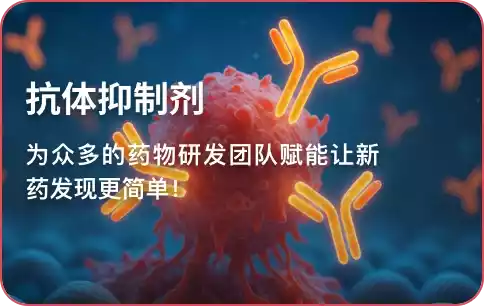


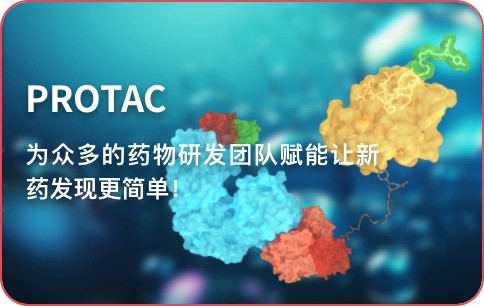






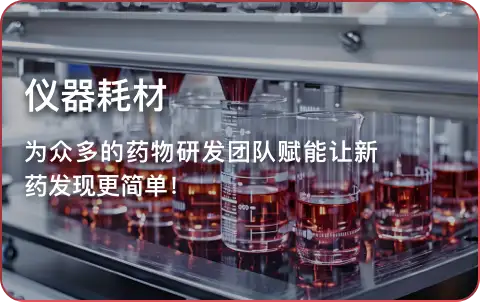
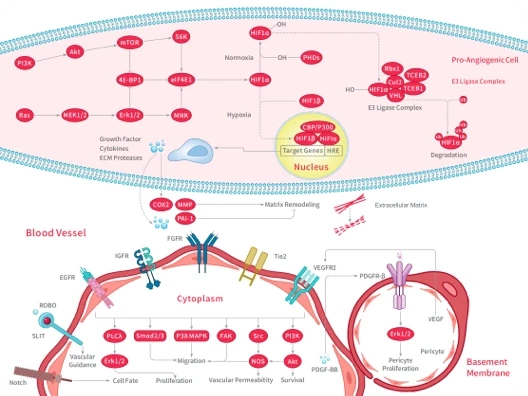
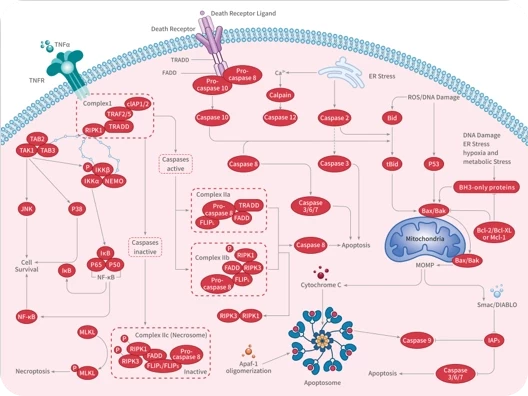
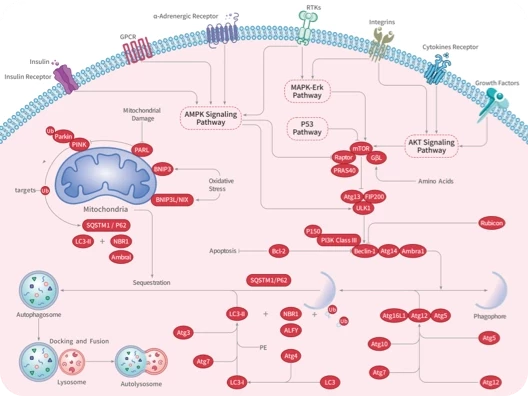


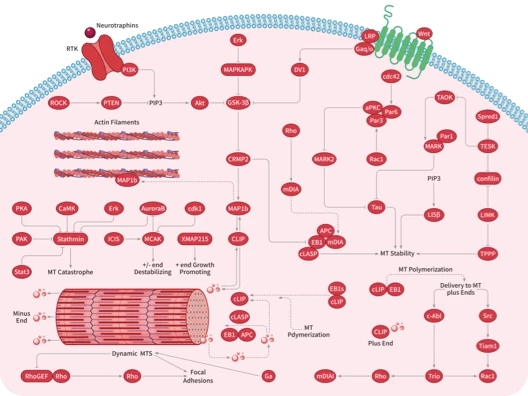
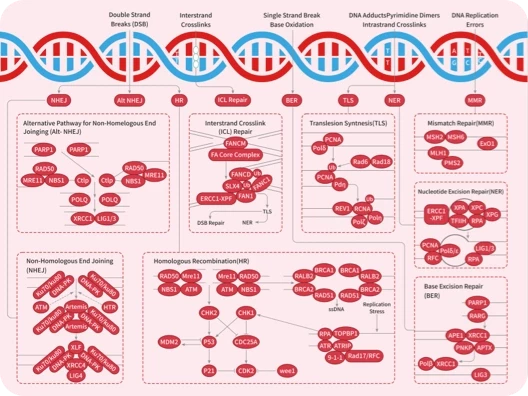

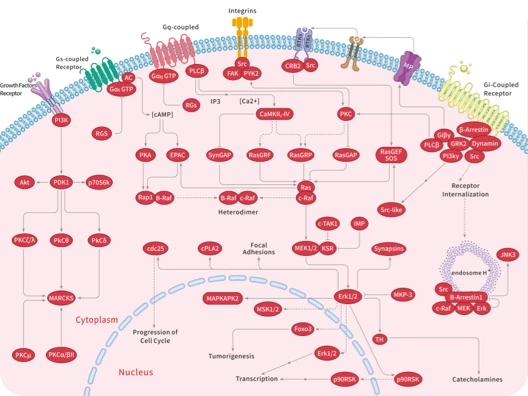
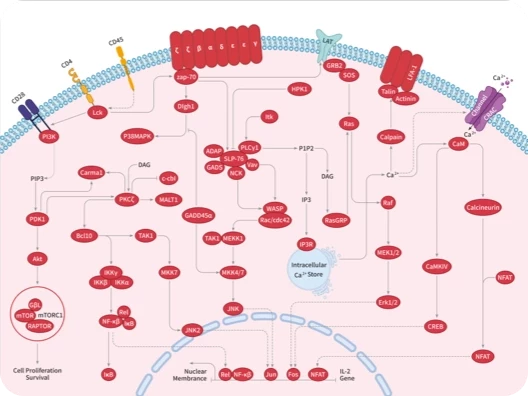
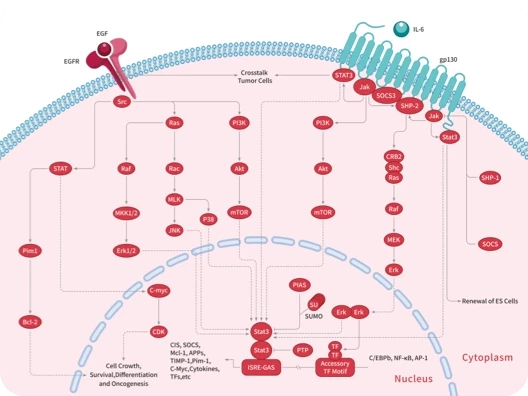
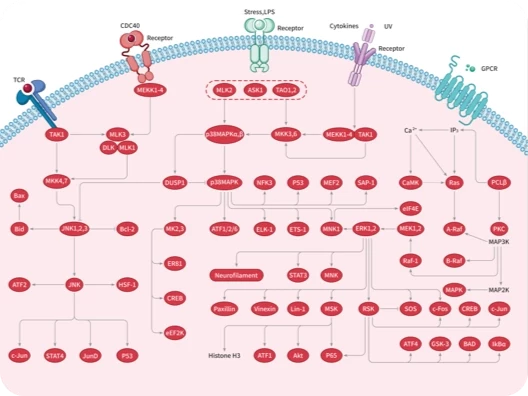


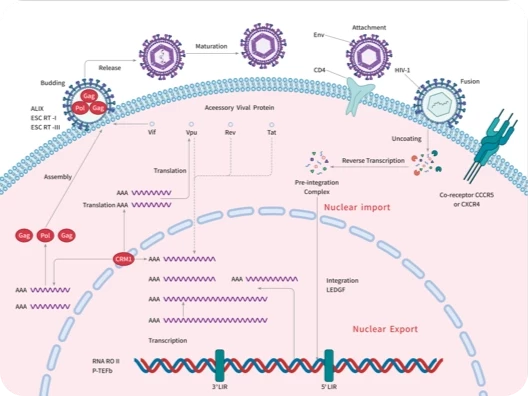

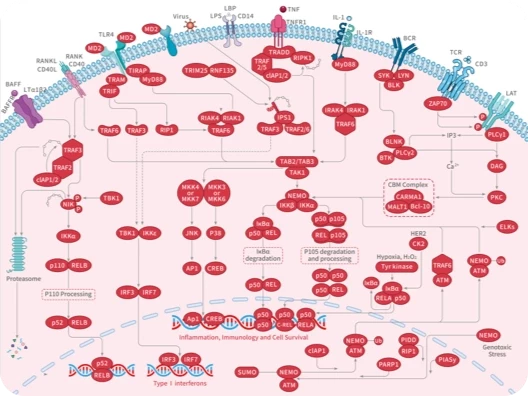
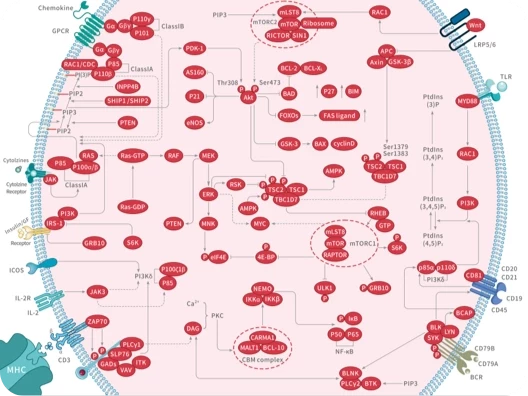
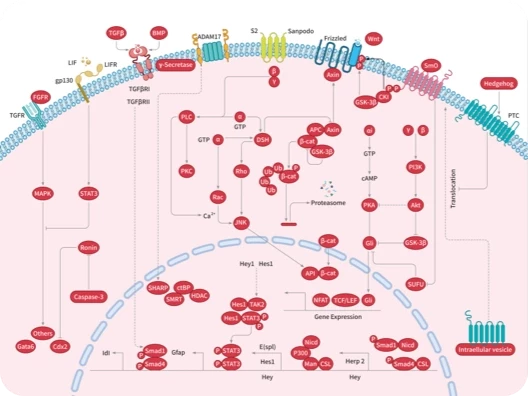

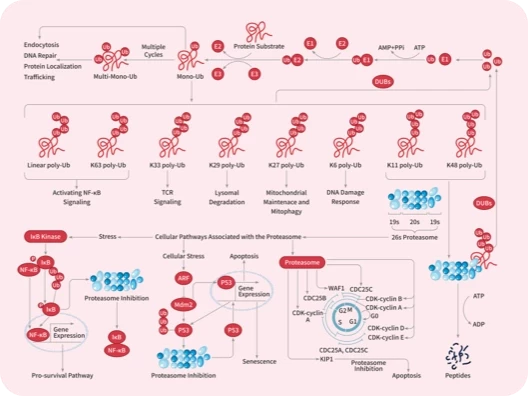


 |
|